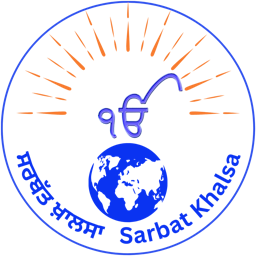
Sarbat Khalsa
Gurmat Inspired. Globally Represented. Transparent. Continuously Improving.
Sarbat Khalsa Jathebandi is an autonomous organization embodying the Panch-Pradhani (Lead of Five Chosen Ones) concept in the light of Gurmat, without being tied to any particular country or place, representing Sikhs all over the world with complete transparency.
